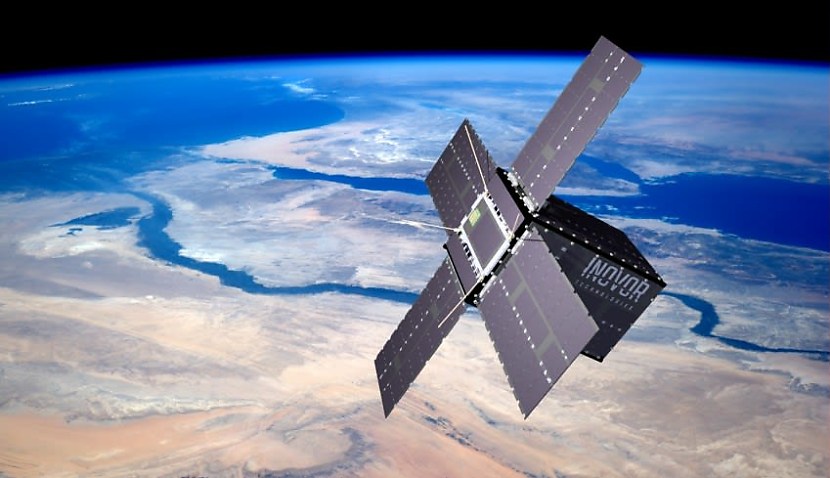
The two organisations, backed by the iLAuNCH partnership, believe its software-defined radio (SDR) will also be more resilient than traditional radio frequency technology.
The deal will see ANU conduct research and provide simulation models while Adelaide-based Inovor will develop the prototype hardware and software.
The $180-million iLAuNCH trailblazer is a partnership between academic institutions and more than 20 industry partners that aims to accelerate the development of the space manufacturing sector.
“Satellites rely on radio systems to generate, transmit, receive and process signals,” said iLAuNCH.
“Satellites are akin to computers in the sky and radio communication serves as their primary means of interaction with us on the ground.
“Naturally, when communicating with any type of computer, more data is advantageous and satellites are no exception.
“Traditionally, this has been achieved using radio frequency (RF) technology due to its ability to travel long distances.
“However, these signals may be weakened due to interference, originating from both human-made sources and natural phenomena.
“To make SATCOMM more resilient, Inovor Technologies and the Australian National University (ANU) are co-developing a new software-defined radio (SDR) solution that is set to be onboard all of Inovor’s locally manufactured satellites.”
Associate Professor Nan Yang added that ANU would employ a postdoctoral fellow who would extend its research and development beyond simulation technologies for ground testing.
“We will also enhance the system’s ability to maintain resilient radio links, regardless of the interference encountered,” he said.
Inovor CEO and founder Matthew Tetlow said the SDRs are being designed to resist the extreme temperatures and radiation levels of space and will be able to position satellites more accurately post-launch.
“All these critical components will be crafted within our facilities to establish a sovereign edge, reinforcing our ability to maximise mission assurance.”
It comes after Space Connect reported last year how iLAuNCH would work with New Frontier Technologies to develop light, radiation-proof coatings for low-Earth orbit (LEO) satellites.
The organisation said it hoped the project would ultimately bring down the cost of launch, given payloads are usually billed per kilogram of weight by launch providers.
The coatings have to balance saving weight with being able to withstand a range of environmental hazards experienced in LEO, such as UV irradiation, atomic oxygen and space debris.
“These environmental hazards can cause surface erosion, cracking, and delamination of composite materials, which can lead to a reduction in the mechanical properties of the material and can compromise the structural integrity of the spacecraft,” said iLAuNCH.

Adam Thorn
Adam is a journalist who has worked for more than 40 prestigious media brands in the UK and Australia. Since 2005, his varied career has included stints as a reporter, copy editor, feature writer and editor for publications as diverse as Fleet Street newspaper The Sunday Times, fashion bible Jones, media and marketing website Mumbrella as well as lifestyle magazines such as GQ, Woman’s Weekly, Men’s Health and Loaded. He joined Momentum Media in early 2020 and currently writes for Australian Aviation and World of Aviation.
Receive the latest developments and updates on Australia’s space industry direct to your inbox. Subscribe today to Space Connect here.









